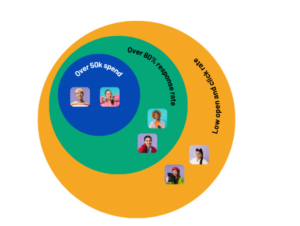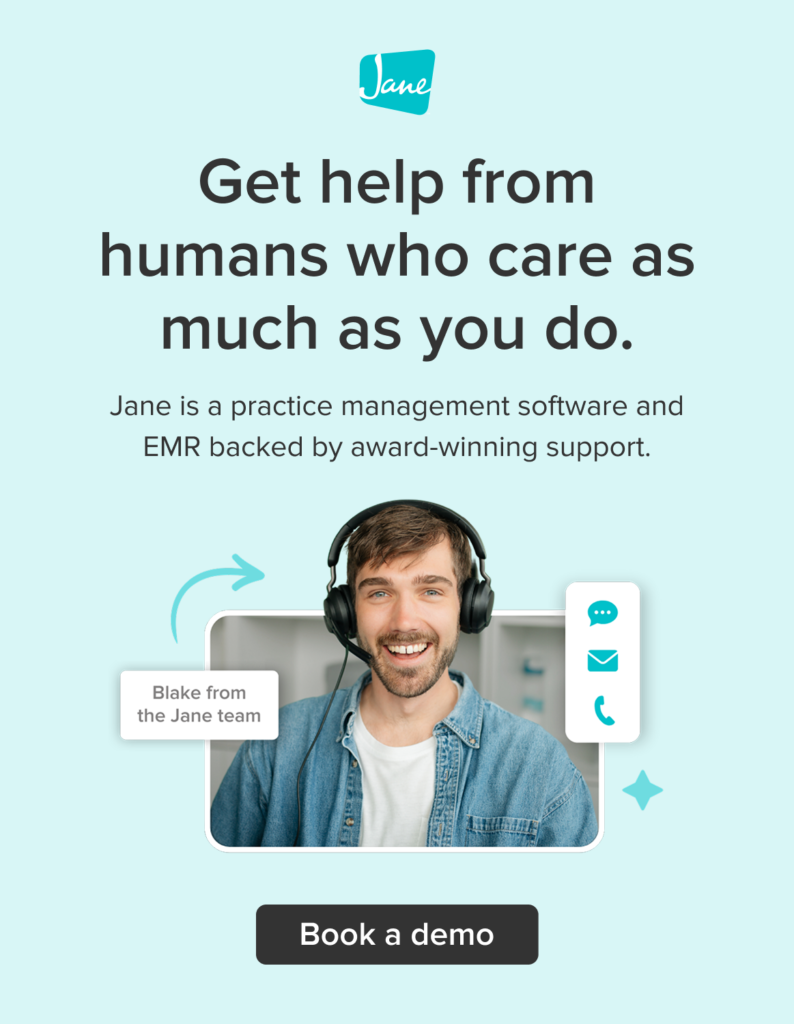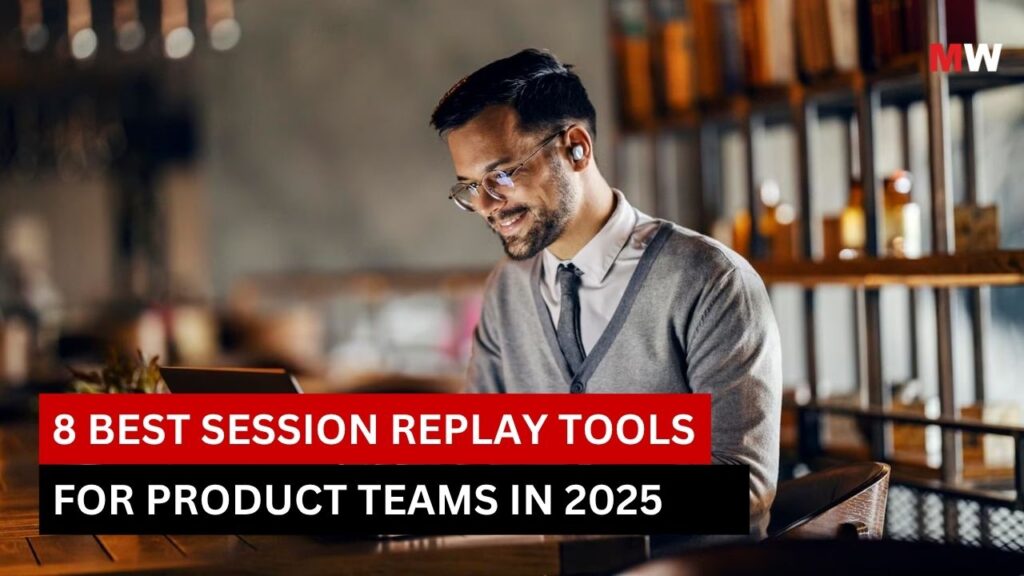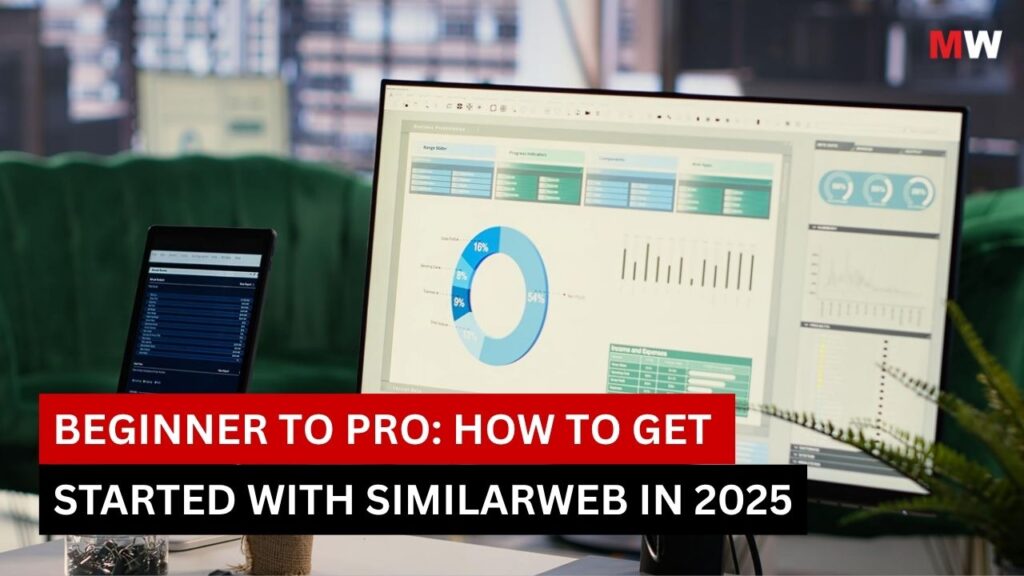In today’s fast-paced digital landscape, building genuine connections with customers has become crucial. Personalize digital marketing to transform the way businesses engage with their audiences. Gone are the days of one-size-fits-all approaches. Instead, companies are offering tailored experiences that resonate with individual customers. In this article, we’ll explore the importance of personalization and practical strategies for creating meaningful customer experiences.
Why Personalization Matters
Personalization isn’t just a buzzword—it’s a proven way to deepen customer relationships and stand out from competitors. By catering to individual preferences and behaviors, personalization increases engagement, loyalty, and ultimately, conversions. When done right, it’s about more than just using a customer’s name—it’s about crafting experiences that feel personal and relevant.
How to Use Data for Personalization
Data is at the core of personalization. From demographics and browsing habits to purchase history and interactions on social media, companies can collect valuable insights about their customers. Using tools like Google Analytics, and CRM systems such as Hubspot, businesses can personalize digital marketing efforts and deliver content at the right time.
However, transparency is key. Customers are more aware than ever of their data privacy rights. Being open about how data is collected and used, and ensuring compliance with laws like GDPR and CCPA, builds trust and reassures users that their information is safe.
Segmenting Your Audience for Better Results
Audience segmentation allows you to divide your customer base into specific groups based on shared traits, such as demographics or behavior. This makes it easier to personalize digital marketing campaigns and deliver targeted messages that speak directly to each group’s needs. Tools like Facebook Audience Insights or Google Ads Audience Manager are invaluable for creating segments and ensuring your marketing efforts hit the mark.
By focusing on relevant segments, you avoid bombarding users with irrelevant information, which can lead to disengagement. The more accurately you understand your audience, the better you can serve them with personalized content, offers, and recommendations.
Dynamic Content: Real-Time Personalization
Dynamic content is all about real-time adaptation. Imagine an e-commerce website that shows product recommendations based on your recent searches or purchases. Platforms like VWO allow businesses to personalize digital marketing efforts through custom content on their websites, emails, or ads, all based on user behavior.
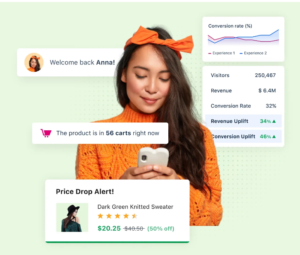
This level of personalization boosts engagement by making customers feel understood. Whether it’s personalized emails through Moosend or product recommendations on a website, dynamic content increases the likelihood of conversions by keeping the experience relevant.
Building Trust Through Personalization
Personalization offers incredible benefits, but it must be balanced with respect for privacy. Customers want personalized experiences, but they also expect transparency about how their data is used. Using tools like OneTrust or TrustArc ensures that your business remains compliant with privacy laws while building trust.
Additionally, mobile personalization is a growing trend. By leveraging location data and mobile apps, businesses can personalize digital marketing efforts with targeted, real-time notifications, offers, and even location-based promotions. This level of convenience and relevance helps keep customers engaged.
Personalization Trends to Watch
As AI and machine learning continue to evolve, so do the possibilities for personalization. Automation tools like Dynamic Yield allow companies to personalize digital marketing at scale, delivering customized content across multiple channels without overwhelming marketing teams.
AI-driven chatbots and virtual assistants like Intercom also offer real-time, personalized customer service. These tools analyze customer data and behavior to offer customized assistance, creating a more seamless experience for users.
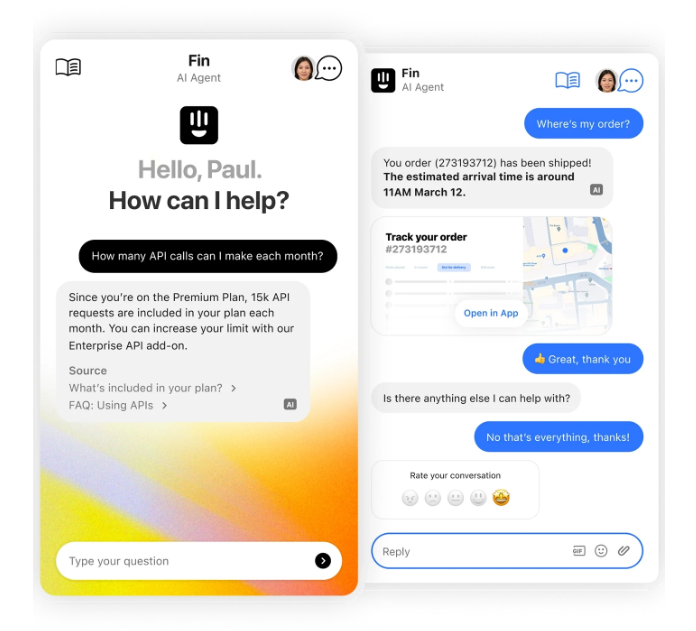
But personalization also faces challenges. Striking the balance between being helpful and not intrusive can be tricky. Customers are becoming more selective about the brands they engage with, so personalization efforts need to be thoughtful, not overwhelming.
Measure, Improve, Repeat
To maximize the impact of personalization, it’s essential to measure results. Monitor key performance indicators (KPIs) such as conversion rates, customer satisfaction, and revenue growth. A/B testing platforms and analytics tools help track the performance of different personalized experiences. By continuously refining your strategies based on these insights, you ensure your ability to personalize digital marketing evolves in line with your customers’ needs.
Personalizing Email Marketing
Email remains one of the best channels for personalization. Marketers can use data to craft customized subject lines, product recommendations, and offers based on user behavior. This significantly boosts open rates and click-through rates.
Email Marketing Tools like Klaviyo and ActiveCampaign offer robust tools for email segmentation and personalization, allowing businesses to personalize digital marketing campaigns that speak directly to their customers. For example, personalized cart abandonment emails or customized product suggestions are great ways to re-engage customers.
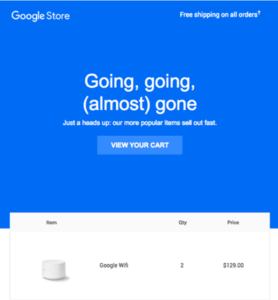
Final Thoughts: Personalization is the Future
In today’s digital age, generic marketing messages simply don’t cut it anymore. Personalize digital marketing to deliver exceptional customer experiences that drive engagement, loyalty, and conversions. By harnessing the power of data, AI, and dynamic content, businesses can create tailored journeys that resonate with individual users.
Ultimately, personalization is about putting the customer at the center of your marketing strategy. When you focus on their unique needs and preferences, your brand becomes more than just a company—it becomes a trusted partner in their journey.




